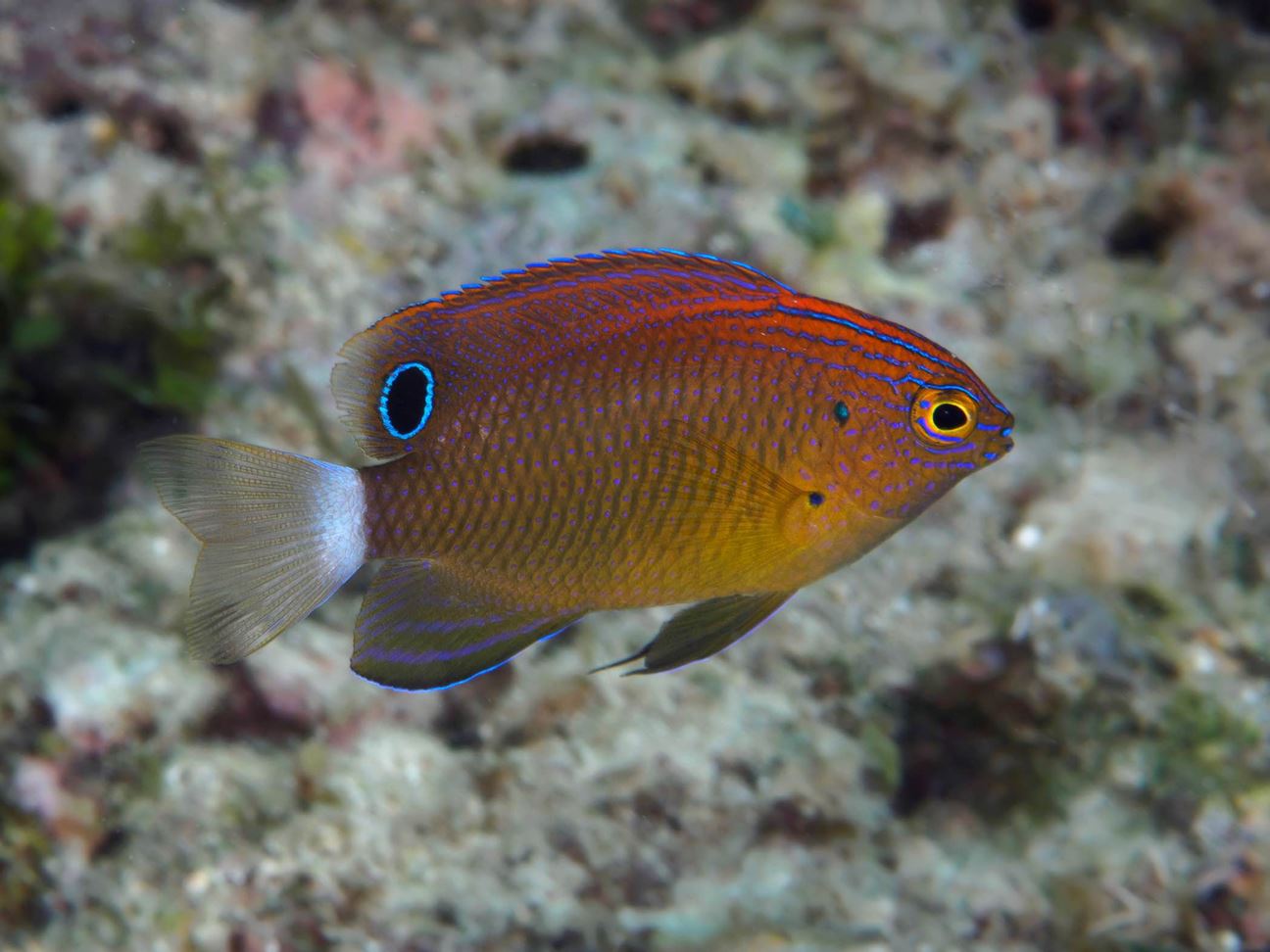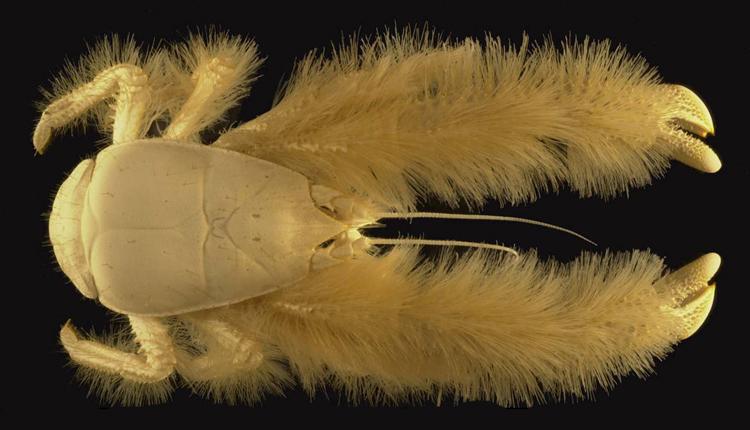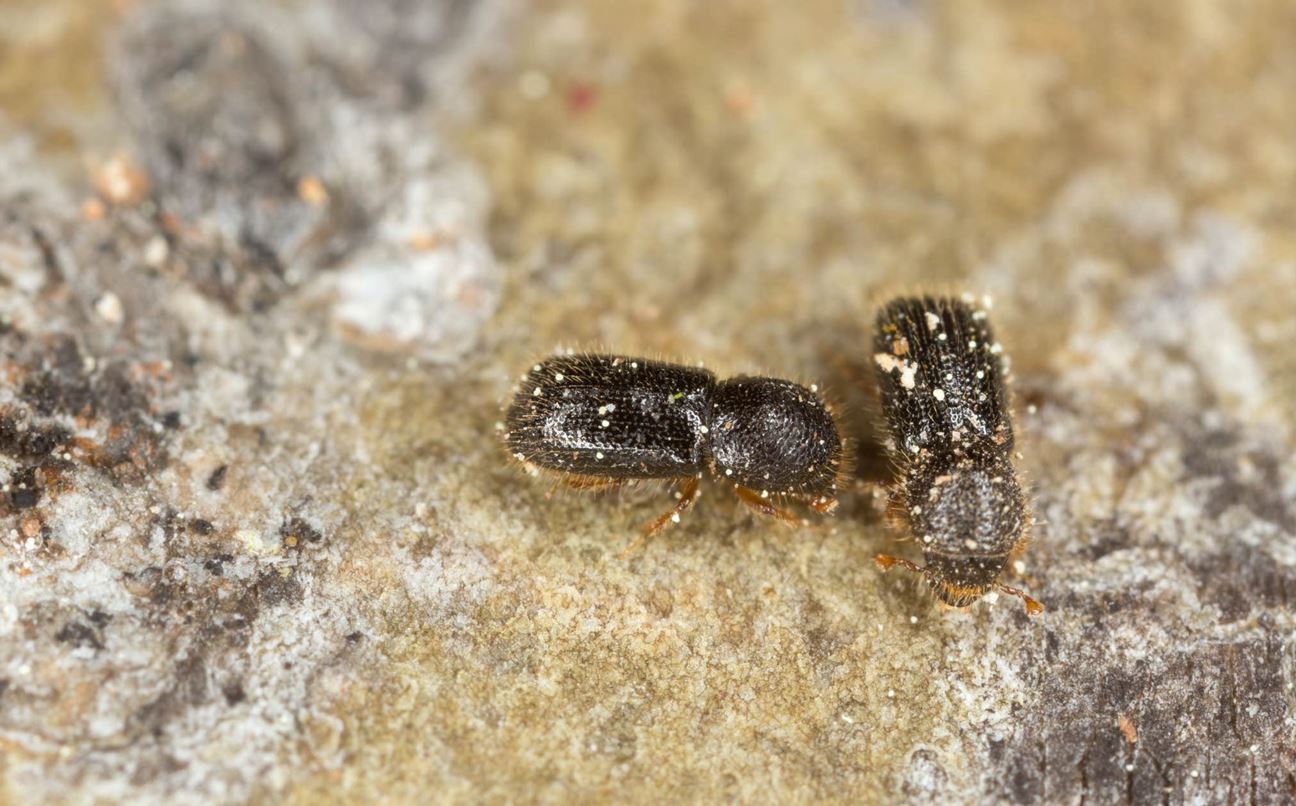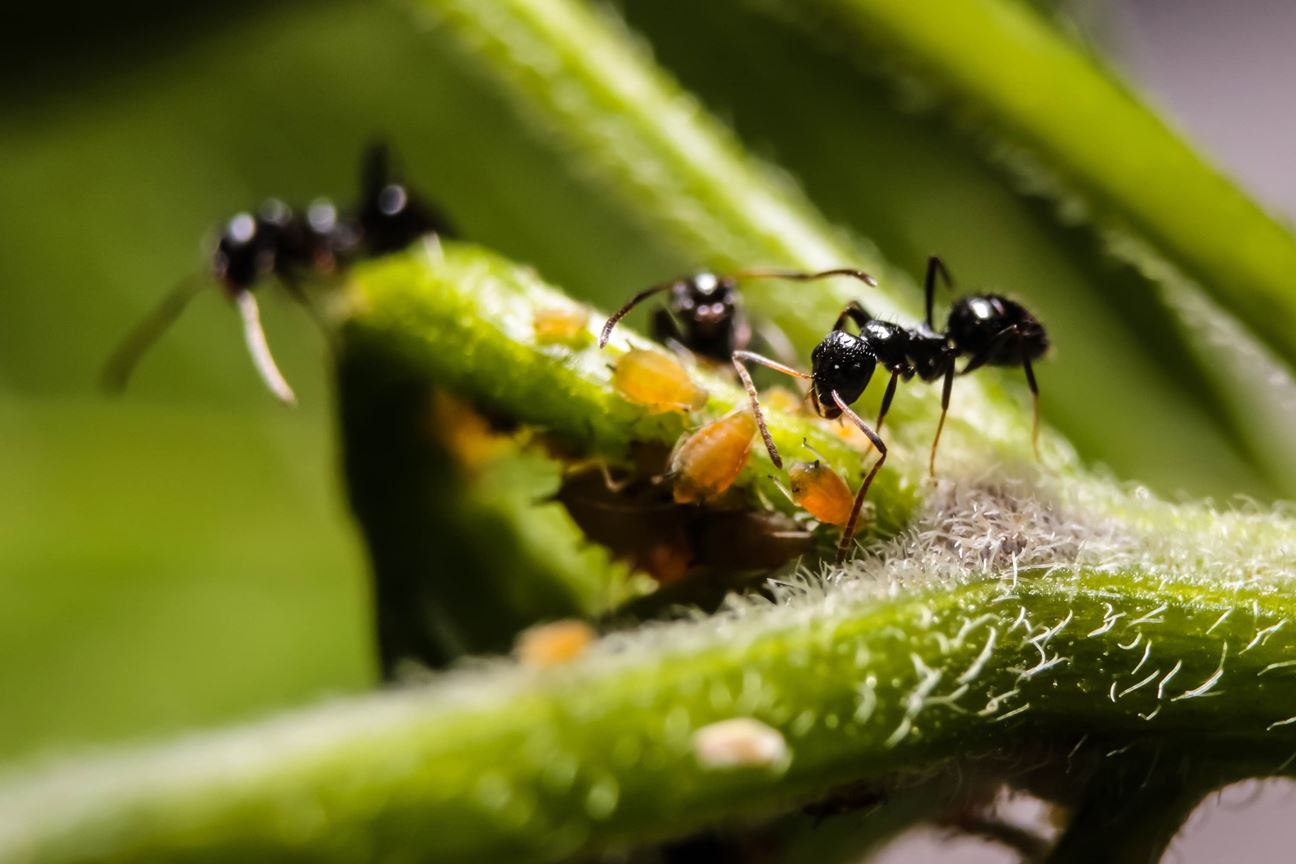Farming as a concept was invented by human beings, right? That's where you're wrong! So many animals farm, keep gardens, and even have livestock. Here are five animals that farm for sustenance.
Since the invention of systematic farming 10,000 years ago, it’s safe to say it’s one of the most important parts of human society today. It sustains us at such an unimaginable large scale. Have you ever stopped to think if there are other species that may also thrive from this way of life? Yes! Some other members of the animal kingdom have evolved to cultivate farms and even herd livestock to use for themselves or their colonies! This is a symbiotic relationship between the farmer and the, well, farm-ee and is known as cultivation mutualism. Here are five species other than Homo sapiens that farm
1. Damselfish That Farm Algae

Various species of damselfish farm algae on corals. They choose their territories by the type of algae they prefer to consume and then weed out unwanted matter from the corals so that the algae can thrive. They usually prefer red algae as it is easier to digest, and then actively farm it.
Fact: They aggressively guard their little algae farms, from potential freeloaders and thieves!
2. The Dancing Yeti Crab That Farms Bacteria
 Image credit: Smithsonian ocean
Image credit: Smithsonian ocean
At incredibly deep depths of the sea, where food is scarce and unreliable, the Yeti Crab uses the fine bristles on its claws to grow its own food. The hydrothermal vents that exist at the bottom of the ocean release methane and hydrogen sulphide, which are essentially food for bacteria. This crab waves its arms around in what can be anthropologically translated as a “dancing motion” so that the bacteria growing on it can get some oxygen through the water, as well as hydrogen sulphide. This ensures proper growth of the bacteria on its claws, which is then consumed through specialised mouthparts.
Fact: Yeti crabs consume methane from the ocean floor, which means it prevents it from escaping into the atmosphere as gas - it’s unknowingly helping us fight global warming.
3. Leafcutter Ant That Farm Fungi

Some of the best and most advanced cases of farming are seen in eusocial insects like ants and termites. Over 200 species of ants called Attine ants farm in some way or the other. However, the most notable case of this is the Leafcutter Ant that farms the fungus Leucogaricus gonglypherous as its source of food. Everyone knows Leafcutter ants cut and carry leaves around. Have you ever wondered what they did with it? They chew it to a pulp and mix it with ant faeces and bacteria to use it as a layer of mulch to their fungal garden. The fungus uses this plant matter as food and grows bulbous “fruits” for the ants to eat! The ants meticulously tend to their garden day and night by weeding and tending to any infections to ensure their crop is perfect.
Fact: Research has shown that some species of Attine ants carry a certain type of bacteria on their bodies, which produce antibiotics that they rub onto their fungal garden to protect it from fungal parasites!
4. Wood-boring Beetles and Fungi

Also called Ambrosia Beetles, up to 3,200 species of these beetles farm fungi inside trees. The fungus cannot enter the tree itself since it cannot penetrate bark, however, ambrosia beetles can. Thus, they carry this fungus into the tree through specialised pockets on their backs. The fungi then settle into the tree and use its nutrients and grow little globules of food for the beetle larvae to feed on. When the beetle colonies move from tree to tree, they carry this fungus with them.
Fact: Ambrosia beetle fungal farms are known to smell amazing! Some have been reported to smell like ripe bananas.
5. The Black Garden Ant that herds Aphids.

The common little black garden ants keep aphids - small, winged, green insects - as livestock. Aphids, a common garden pest, suck plant sap and then excrete a sugary substance called honeydew, which the ants feed on. Thus, the ants bite off the aphids' wings to keep them from flying away and herd them. In return, they protect them predators and provide them with a place to feed. It was recently discovered that they even chemically ‘tranquillise’ their herds to keep them from wandering away.
Fact: They sometimes consume the aphids for their meat as well, if they require protein, or if the aphid population gets too large.
With these instances in mind, ‘farming’ as we see it today is maybe not a wholly human concept. It has evolved many times in various species, some of which have been using it for thousands of years longer than us. Bigger brain or not, we may condescendingly consider these creatures to have rudimentary neural capabilities- and how wrong we are!